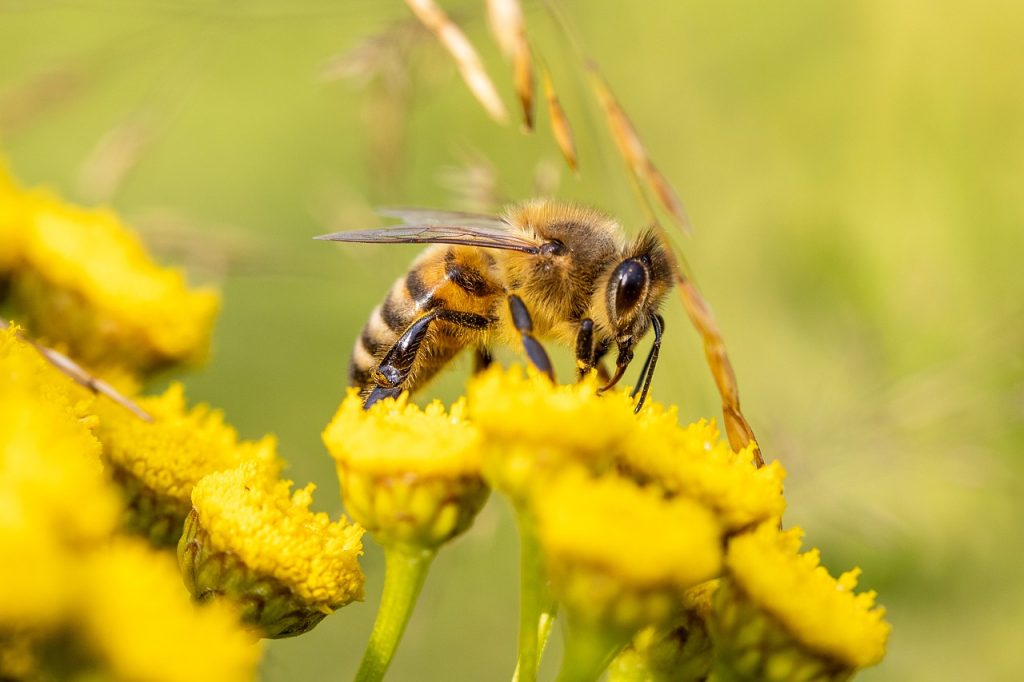New Study Shows Bumblebees Have Their Own Cultures
A recent study showed bumblebees could mimic other bumblebees, proving the insects have the capability to cultivate and pass down their own ways of doing things
This article is more than 2 years old

For a long time, people have considered humans and other primates to be set apart from other species, largely because of our social nature—our ability to develop and pass down cultures. But it turns out that culture isn’t unique to primates, or even to mammals, but is seen throughout the animal kingdom. According to NPR, a recent study showed that even bumblebees can create cultures within hives, a scientific breakthrough with wide-reaching implications.
To measure a species’ capability to create a culture, researchers first had to come up with a definition of culture, an idea that can be hard to pin down since it varies so much from, well, culture to culture. The very basics of the idea of culture, though, is that a species must be able to learn from one another and then teach what they’ve learned to others within their social groups, so that it becomes tradition among the group. In the case of bumblebees, researchers were really trying to discover if all bumblebees’ actions can be attributed to biological imperative, or if some of these traditions are taught and, therefore, could be considered cultural.
Culture is an incredibly useful tool for species as a whole; humans from various cultures have preserved food and skill traditions that have been used for centuries and will be used for centuries more for both survival and enrichment. Some of the researchers consider culture to be another form of inheritance; just as you inherit genes from those who came before you, you also inherit traditions, though it’s much easier to introduce a tradition than it is to introduce a genetic change. For bumblebees, though, this notion is hard to test long-term, because bumblebee colonies collapse before winter, making it nearly impossible to pass traditions from one “generation” to the next.
To test the bumblebee culture theory in the short-term, though, scientists crafted puzzle boxes out of petri dishes, where bumblebees would receive, at the completion of the puzzle box, a drop of sweet sugar water. The petri-dish puzzles could be solved in two ways, one by rotating the mechanism clockwise with a blue tab or counter-clockwise with a red tab. Researchers taught “tutor bees” from one colony to use the red tab and bees from the other colony to use the blue tab.
After placing the trained bees back in their separate colonies, along with puzzle boxes, researchers found that the bees in the respective colonies learned to complete the puzzle boxes using the same tab that their “tutor bees” had, even if they found the task could be completed using the other tab, as well. In control colonies, in which there were no tutor bumblebees, the petri-dish puzzles remained largely untouched. Though some of the control bees learned to open the boxes, there were no bees consistent enough with the task to teach it to others and, thus, the practice didn’t become widespread. The conclusion: the bees, given the opportunity, did create a “tradition” of opening the boxes a certain way and pass it on to others; in other words: yes, bumblebees do have culture.



